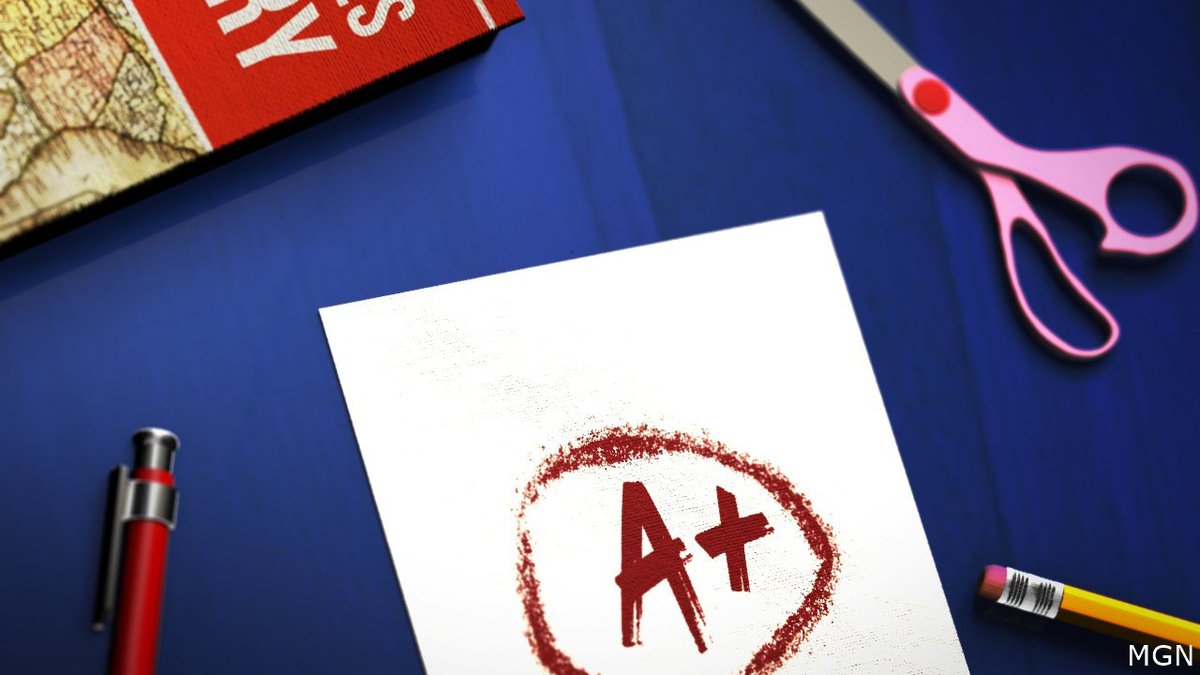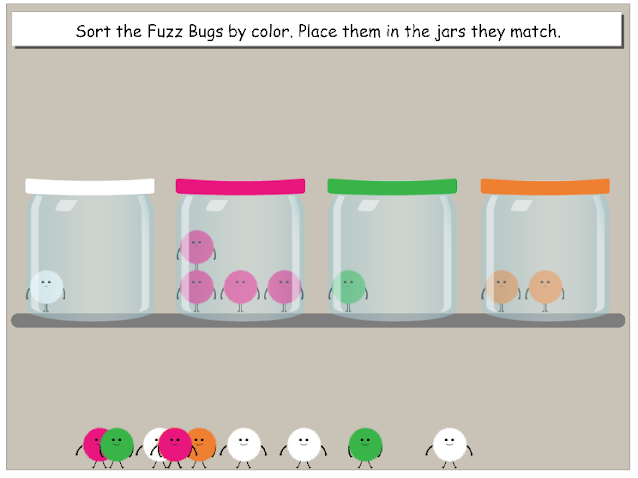
Math Lines Small Large, one of many mathematics games, is a great way for young learners to learn the basics of geometry. This game can either be played on a laptop or a smartphone and focuses primarily on improving math skills. It is optimized for iOS and Android devices, and runs directly in your browser. To get the numbered ball, players need to form pairs of 10 or more. After the shoot, the player must clear any math lines so the next numbered balls can be taken. As the player progresses, this game becomes more difficult.
Two points make up a math line. A line is the shortest route from any point to another point along the line. The equation of a straight line is r=l-a, where b represents the value of a line at the point at which it crosses the cross-axis. a represents the value of the same line at the cross-axis. A line is also known by the term "curve". A curve can be described as r=cd+lb-a.

Properties such as slope or tangent can also be used to describe lines. Zero slope lines are those that pass through the origin. A line with a slope less than 0 degrees can be described as y = mx+ b. Lines with slopes 0° are horizontal surfaces. Lines that slope more than 0° are vertical surfaces. You can also derive the equation of a line from the angle identity for a sine.
You can draw lines in parallel or collinear. They can also appear perpendicular to each other or skew. Parallel lines are lines that cross in the exact same plane. Skew lines are not like parallel lines. They do not intersect at any point. Euclid defined skewlines in the 300s BC. Skew lines are possible to be drawn in many different planes.
Lines are also used for describing other types of objects like cylinders and prisms. An arrangement can also define a line. A line can be arranged in a sexless, square, or rectilinear form. Some cases may consider a line arrangement to be a curve. An arc is an arrangement of lines that are sexless, rectangular, or straight. A straight line is an elegant, sparse line. The line can also be disguised. If a straight line is arranged in a sexless, rectilinear, or square form, the line is called a line segment.
Parametric equations are used to specify lines. These are calculated by specifying a point on the line. The equations used to specify lines in two-dimensional and three-dimensional spaces are often parametric equations. The specification of a direction vector is used to determine equations in higher dimensions.

There are two major types of equations to describe lines in planes. For lines that are located in planes, the first-degree equations can be used. The general form of equations is one with fixed coefficients.
FAQ
How can I apply to college
There are many methods to apply to college. Start by speaking with your high school admissions counselor. Many high school applications can now be submitted online. You can also contact local colleges directly. Many colleges accept applications via the Internet.
If you decide to apply through the mail, you'll need to fill out the application, write a personal statement, and send copies of all required documents with your application. The personal statement gives you an opportunity to share why you want to attend this particular institution and how it would benefit you. This personal statement also helps admissions officers understand your goals and motivations.
Download sample essays from our website.
How long should I spend preparing for college?
How much time you have available to study and how long it takes to prepare for college will determine the amount of time you spend on preparation. If you plan to attend college immediately upon completing high school, you should start taking some college preparation courses now. On the other hand, if you plan to take several years off before attending college, you probably don't need to begin planning until later.
You should discuss your plans with your parents and teachers. You may be able to suggest courses of study. Track the grades and courses you've taken. This will enable you to plan for next year.
Do you have to go to college in order become an early education teacher?
You can't, but it is worth considering going to college to get a degree in this field.
It's important to note that becoming a teacher isn't easy. Each year, many applicants are rejected from programs. In addition, many people quit after just one semester of college.
On top of all this, you still have to meet strict qualifications to become a teacher.
Statistics
- These institutions can vary according to different contexts.[83] (en.wikipedia.org)
- In most developed countries, a high proportion of the population (up to 50%) now enters higher education at some time in their lives. (en.wikipedia.org)
- Globally, in 2008, around 89% of children aged six to twelve were enrolled in primary education, and this proportion was rising. (en.wikipedia.org)
- They are also 25% more likely to graduate from high school and have higher math and reading scores, with fewer behavioral problems,” according to research at the University of Tennessee. (habitatbroward.org)
- Among STEM majors, that number is 83.5 percent. (bostonreview.net)
External Links
How To
What is vocational training?
Vocational Education prepares students for work by giving them skills that are required for a specific job, such as welding. This includes apprenticeship programs and on-thejob training. Vocational education is different from general education in that it prepares individuals for specific career paths rather than acquiring broad knowledge for future uses. Vocational education does not prepare students for university, but it helps them find work after graduation.
Vocational education may be provided at all levels of schooling, including primary schools, secondary schools, colleges, universities, technical institutes, trade schools, community colleges, junior colleges, and four-year institutions. There are many schools that specialize in specific subjects, such as nursing schools (law schools), medical schools, dental school, veterinary medicine and firefighting schools. Many of these provide both academic instruction and practical experience.
Over the past decade, a number of countries have made substantial investments in vocational education. These include Australia, Denmark and Finland, Germany. The effectiveness of vocational education is still controversial. Some argue it doesn't improve students' employability, while others argue it prepares them for the future.
The U.S. Bureau of Labor Statistics estimates that 47% of American adults possess a postsecondary certificate, or degree related to current occupation. This is a higher percentage among those who have more education. 71% are currently employed in fields that require postsecondary qualifications.
The BLS reported in 2012 that almost half of all adults had some type of postsecondary credential. Around one-third of Americans hold a two or four-year associate degree. One fifth of Americans had a masters degree or doctorate.
The median annual salary for people with a bachelor's was $50,000. This compares to $23,800 for those who don't have a degree. For those with advanced degrees, the median wage was $81,300.
For those who did no high school, the median salary was only $15,000. Those with less than a high school diploma earned $13,000 per year.